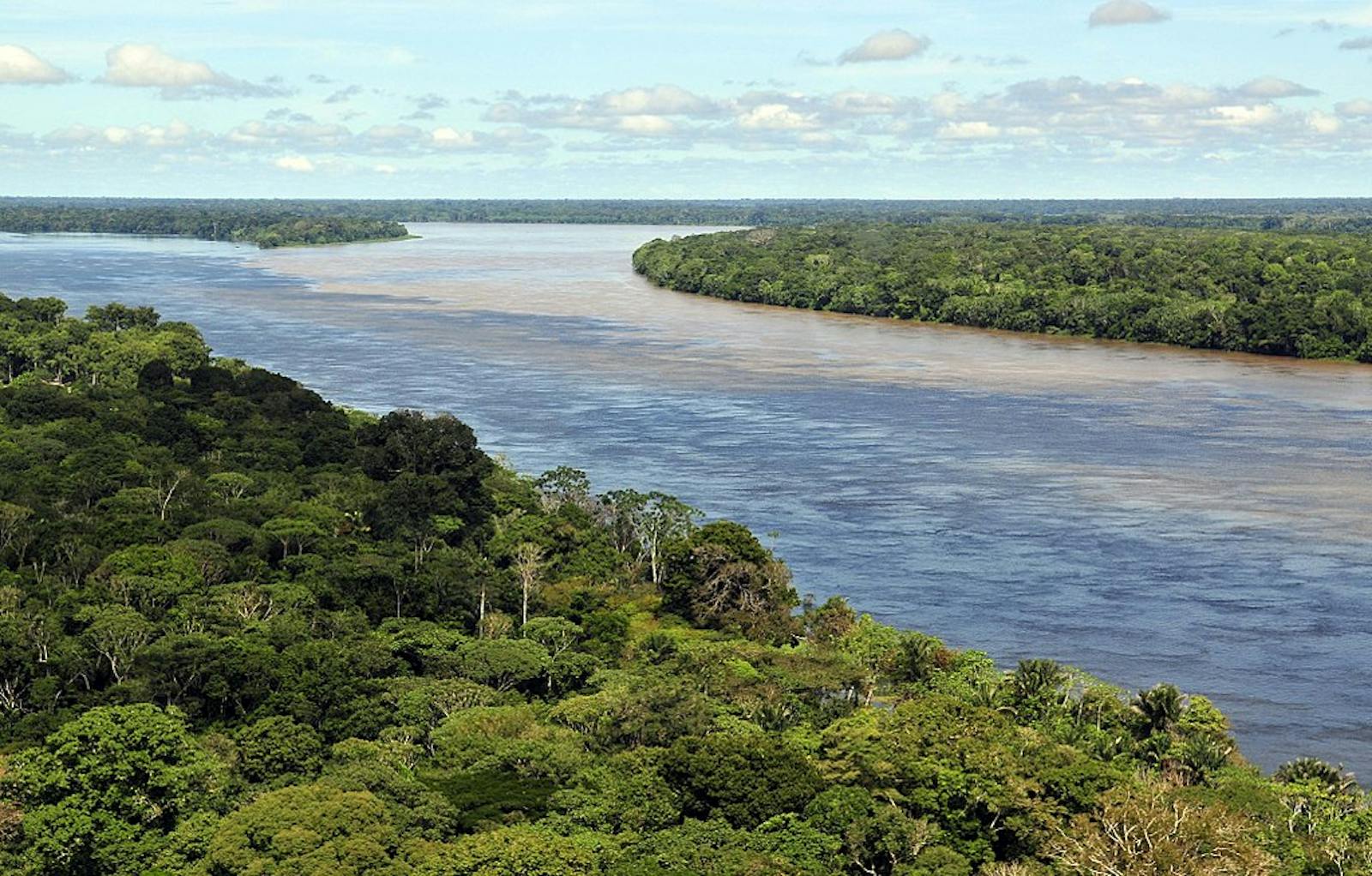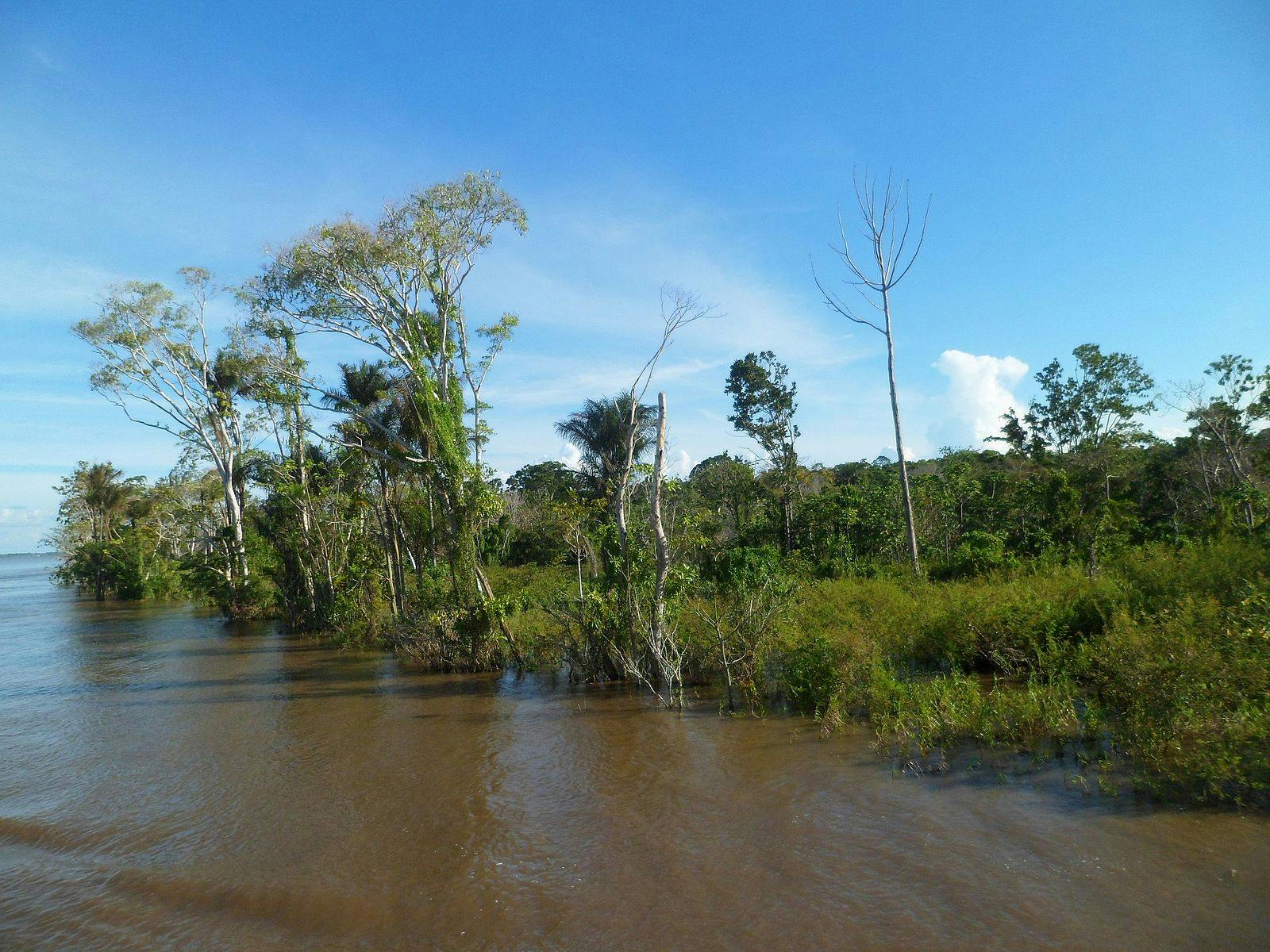Monte Alegre Várzea
The ecoregion’s land area is provided in units of 1,000 hectares. The conservation target is the Global Safety Net (GSN1) area for the given ecoregion. The protection level indicates the percentage of the GSN goal that is currently protected on a scale of 0-10. N/A means data is not available at this time.
Bioregion: Central Amazonian Forests (NT19)
Realm: Southern America
Ecoregion Size (1000 ha):
6,695
Ecoregion ID:
482
Conservation Target:
73%
Protection Level:
3
States: Brazil
The pirarucu is one of the largest species of freshwater fish in the Amazon, reaching between 2–4.5 m in body length. It is an obligate air-breather that needs to surface for oxygen in addition to using its gills underwater. It is native to the Amazon River, where it frequents the constantly changing ecotone between forest and river, also known as várzea.
It primarily preys on smaller fish who enter the flooded forest to feed on insects and fruit when storms and Andean runoff cause the water level to rise for several meters, uniting the river and the forest floor. The pirarucu is one of the species in these habitats that have adapted to survive and thrive with these dramatic fluctuations.
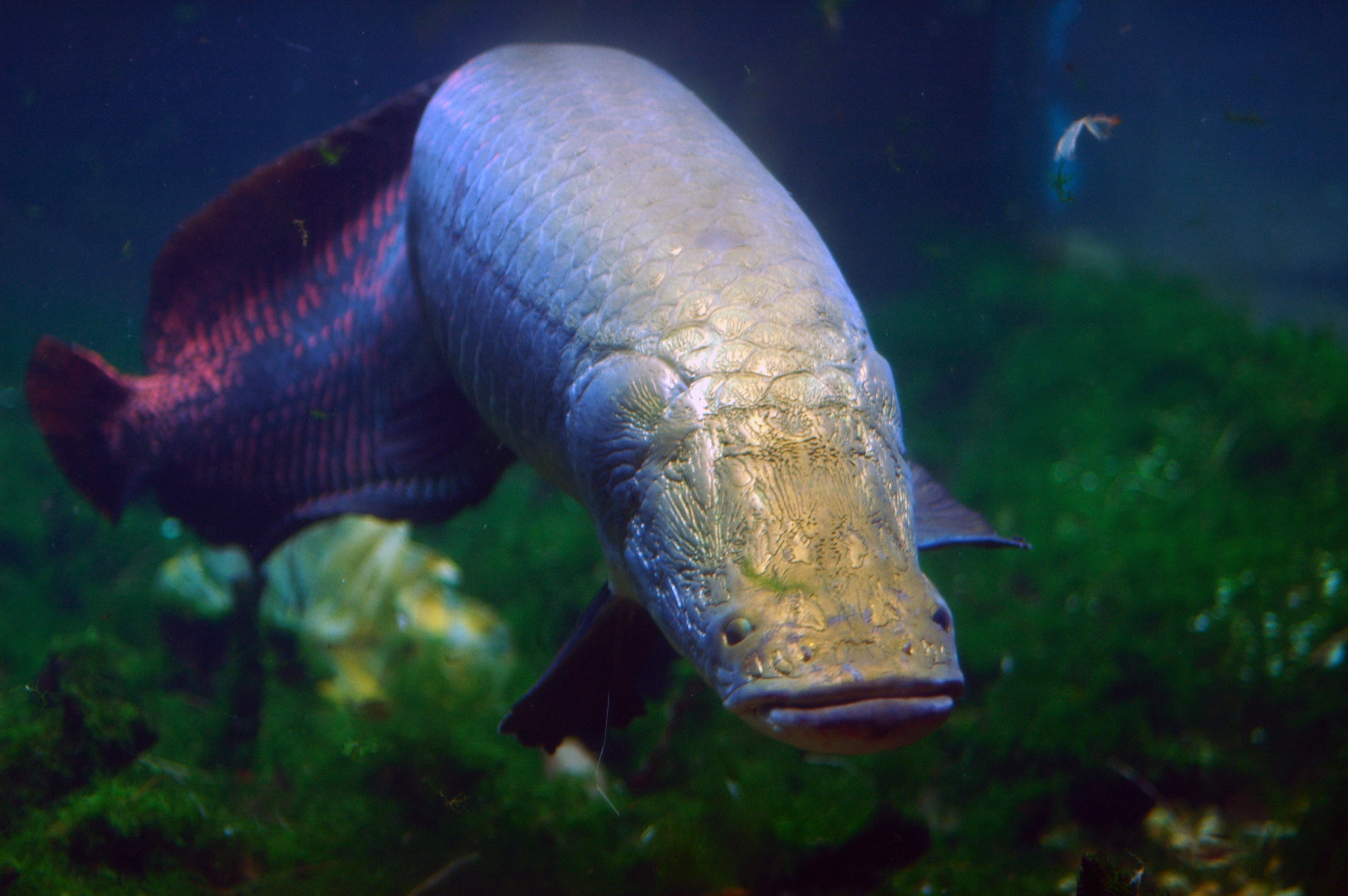
The flagship species of the Monte Alegre Várzea ecoregion is the pirarucu. Image credit: Eyrewood Studios, Jeff Kubina, Creative Commons
The Monte Alegre Várzea ecoregion in Brazil comprises portions of the low, seasonally flooded river basins of the central and lower Amazon, much of the length of the Madeira River Basin, and the mouth of the Purus River where it joins the Amazon River, as well as several smaller tributaries to these. An isolated patch occurs on the border of Brazil and Bolivia along the Mamoré River. The elevation along this region ranges from 15 m in the east to 80 m on the Madeira River.
The term várzea refers to seasonal flooding from whitewater rivers; the Amazon, Purus, and Madeira Rivers are designated whitewater rivers because they carry a great deal of suspended organic and inorganic sediment from the Andes and have a brownish-yellow color. The rivers swell and exceed their banks each year from heavy seasonal rainfall in the watershed area. Average annual rainfall varies from 2,500 mm on some parts of the Madeira River to less than 2,000 mm in the easternmost sections of this ecoregion. The rivers flood the surrounding forest under 6 to 12 m for periods of up to eight months each year.
The nutrient-rich sediments deposited on the landscape constantly renew the mineral richness of the várzea soils, making it much more fertile than the adjacent dry forest. Other ecological functions of the várzea include stabilizing flooded landscapes and hosting a great diversity of plant and animal life.
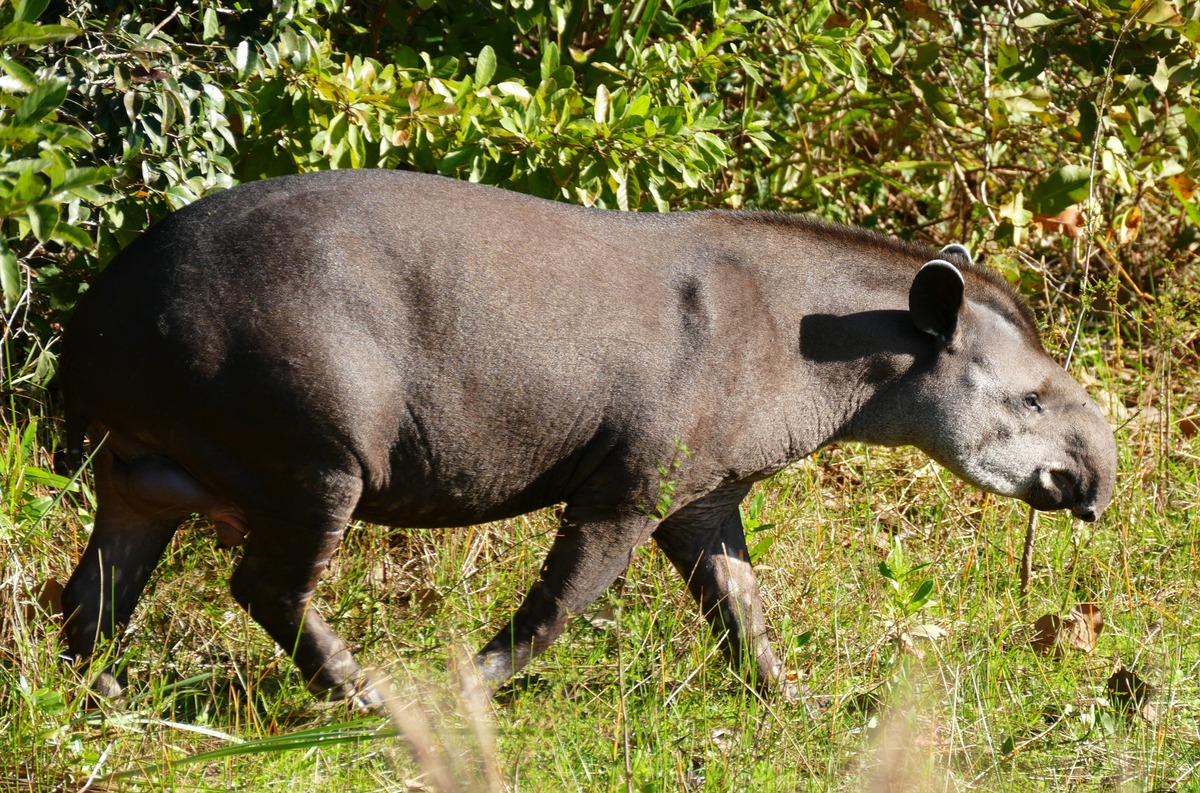
Lowland tapir. Image credit: Bernard Dupont, Creative Commons
The várzea forests include herb, shrub, and grasslands and tend to have fewer and shorter tree species compared to the dry-land forests. Still, the region hosts a diversity of trees that produce fleshy fruits critical to the survival of fruit-eating fish that enter the forest understory during flooding. Some of these important trees include yellow mombim, palms, Mouriri ulei, and Vitex cymosa. Examples of large freshwater fish are Metynnis spp., Mylossoma spp., tambaqui, pirarucu, and piranhas. The várzea is a crucial habitat for fish and invertebrate reproductive and nursery grounds.
The central Amazon flooded forests host some 200 mammal species, including three species of range-restricted titi monkeys, the endemic Santarem marmosets and white saki, and jaguar, ocelot, and tapir. Aquatic mammals include Amazon River dolphins and the vulnerable Amazonian manatees. The region hosts over 680 reported bird species. The many birds that are found only here or in a few other places include ash-throated crakes, plain-breasted ground-doves, red-shouldered macaws, sun parakeets, green-rumped parrotlets, scaled ground-cuckoos, and stygian owls.
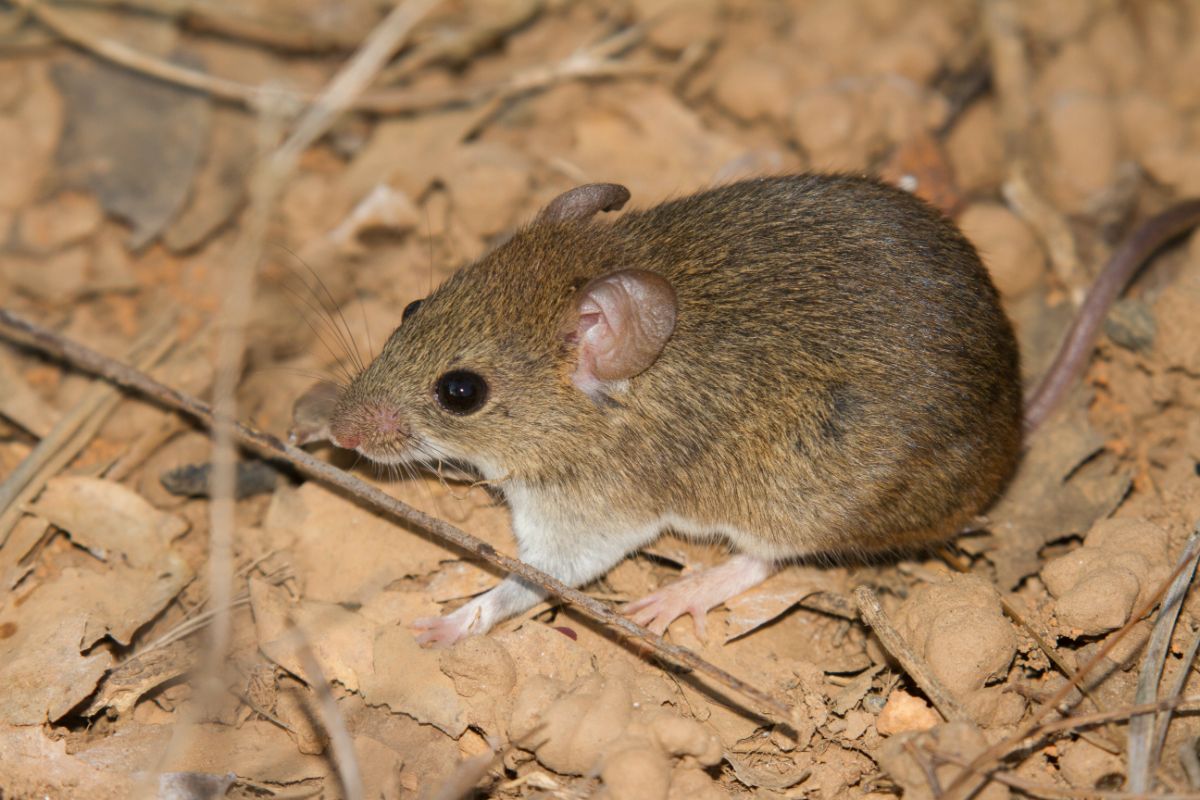
Hairy-tailed Bolo mouse. Image credit: Wagner Machado Carlos Lemes, Creative Commons
Few strictly protected areas occur in this ecoregion. However, there are several indigenous territories. Amazon várzea ecosystems have a long history of human occupation because of their high productivity and accessibility. Principal activities in this region are self-sufficient agriculture, fishing, and selective logging. Much of the várzea forest is intact in this region, although much of it is managed or unmanaged secondary forest. Nevertheless, there is considerable degraded and deforested habitat (11.66% of the ecoregion), particularly where cattle are grazed. Ranchers burn large areas of land to encourage grassland growth for cattle at the expense of native species' habitat and food sources. Also, river degradation occurs from gold mining and an increase in sedimentation from forest clearing.
The priority conservation actions for the next decade are to 1) promote environmental education for locals to integrate natural resource management in their livelihood, 2) regulate the logging, oil, and mining industries' access to intact habitats, and 3) create strict-use protected areas.
-
-
1. Sears, R. 2018. Northern Southern America: Northern Central Brazil. https://www.worldwildlife.org/ecoregions/nt0141. Accessed June 27th, 2018.
2. Ferreira, L.V. 2001. A distribuição das unidades de conservação no Brasil e a identificação de áreas prioritárias para a conservação da biodiversidade nas ecorregiões do bioma Amazônia. Ph.D. Dissertation, INPA/UA.
3. Daly, D. C., and J. D. Mitchell. 2000. Lowland vegetation of tropical South America. Pages 391-453 in D. L. Lentz (editor), Imperfect Balance: Landscape transformations in the Precolumbian Americas. New York: Columbia University Press. -
Cite this page: Monte Alegre Várzea. Ecoregion Snapshots: Descriptive Abstracts of the Terrestrial Ecoregions of the World, 2021. Developed by One Earth and RESOLVE. https://www.oneearth.org/ecoregions/monte-alegre-varzea/
-
